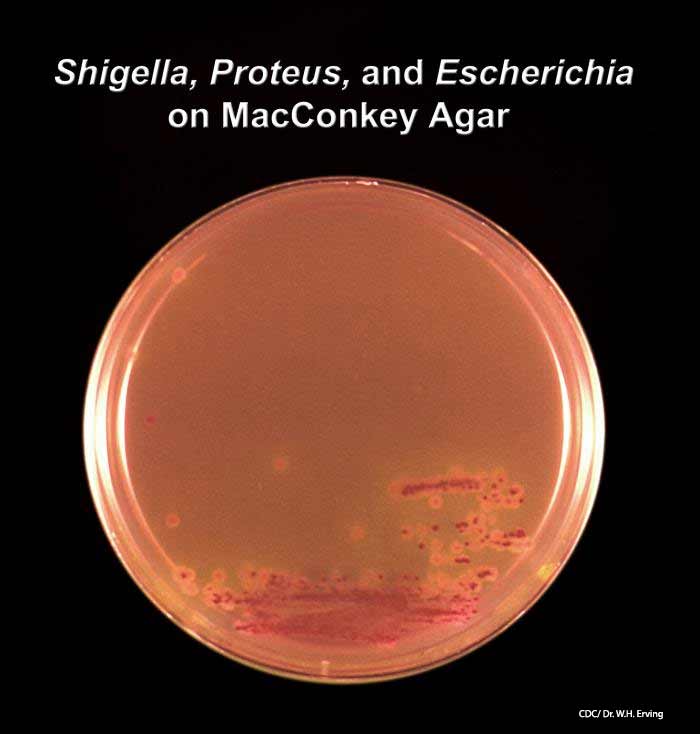The term “superbug,” coined in the 21st century is being used with alarming frequency in news media, and it is not referring to a cockroach donning wire-rimmed glasses that has an aversion to kryptonite. Rather, superbugs are drug-resistant bacteria that cannot be treated by two or more antibiotics. Currently, superbugs are responsible for sickening over 2 million people and killing about 23,000, and those numbers are rising. What is more worrisome? Virtually any species of bacteria can become a superbug.
Earlier this week Medline Plus, an online journal affiliate of the National Library of Medicine, published an article, “Germs in Foodborne Illness Gaining Resistance to Antibiotics,” discussing the rise in superbugs specifically in foodborne illness pathogens. The article references Tuesday’s CDC report stating antibiotic- resistant infections from foodborne bacteria sicken about 440,000 people in the U.S. annually. Certain bacteria species antibiotic resistance is increasing, for example in one strain of Salmonella, the rate of drug resistance more than doubled in two years.
Normally when a person develops an infection they are diagnosed and given a course of antibiotics to kill the germs causing the illness, these antibiotic drugs are an intricate part of the foundation of modern medicine. Pathogens evolved to resist such treatment are deemed superbugs; they can be difficult to kill and stop their growth, often requiring toxic treatment alternatives.
Medical professionals agree that overexposure to antibiotics is the single leading cause of superbugs. Where does this exposure occur? Mal- prescription in hospitals is a contributing factor, but perhaps more alarming is the antibiotic use in our food supply. Animals that are raised for consumption, dubbed “food animals” are given antibiotics for several reasons approved by the FDA including:
- Disease treatment for animals that are sick;
- Disease control for a group of animals when some of the animals are sick;
- Disease prevention for a group of healthy animals that are at risk of becoming sick; and
- Growth promotion or increased feed efficiency in a herd or flock of animals to promote weight gain.
There is not a system to measure the amount of antibiotics used in food animals, this lack of regulation results in overuse of antibiotics, creating an environment for antibiotic-resistant bacteria to evolve and thrive. These superbug foodborne pathogens can cause severe illness in humans through direct or indirect exposure to contaminated product.
In 1996 The National Antimicrobial Resistance Monitoring System for Enteric Bacteria (NARMS) was created to monitor antibiotic resistance, foodborne superbugs, among humans, food animals, and retail meats. NARMS is an interagency collaboration between the CDC, FDA, USDA (U.S. Department of Agriculture), and local public health departments. The organization tracks six foodborne pathogens: non-typhoidal Salmonella, typhoidal Salmonella, Shigella, Campylobacter, E. coli O157, and Vibrio. The most recent Interagency NARMS Executive Report compares data from 5,000 isolates gathered in 2013, to data from in five-year increments 2004-2008 and 2008-2012. Specific species of pathogens showed a need for concern including Salmonella serotype I4,[5],12:i:-, Campylobacter jejuni, and Salmonella Typhi which all demonstrated increased resistance to antibiotics.
FREE CONSULTATION
You can click here now if you want a FREE consultation with an attorney on our Bad Bug Law Team®.
Sources:
http://www.nlm.nih.gov/medlineplus/news/fullstory_152978.html
http://www.cdc.gov/narms/reports/annual-human-isolates-report-2013.html

